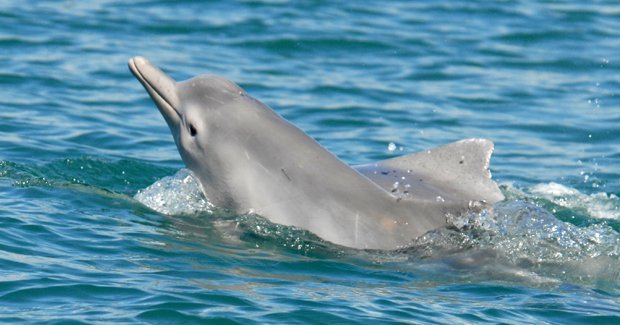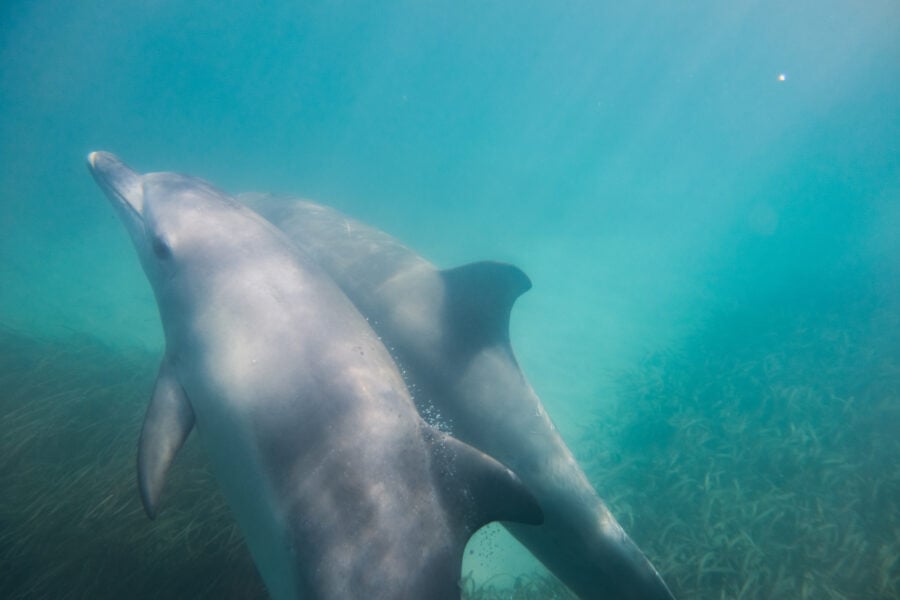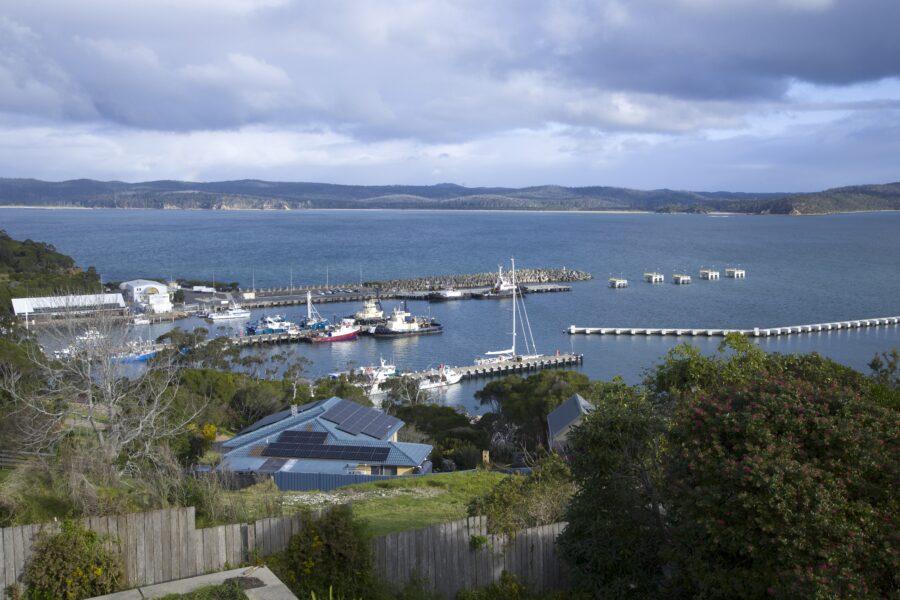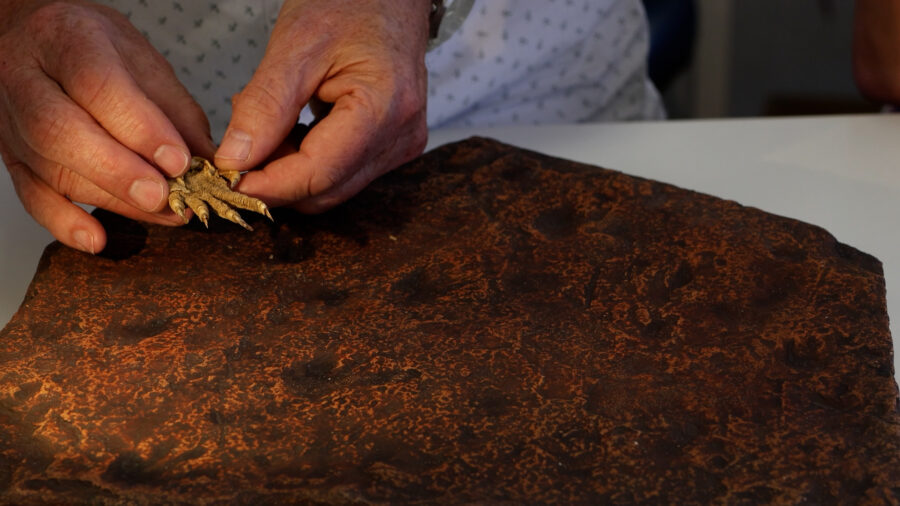Australia gains new dolphin species

AUSTRALIA HAS GAINED A new species of dolphin, after scientists determined the Australian humpback dolphin (Sousa sahulensis) possessed enough unique features to have its own category.
The humpback dolphin, which dwells in the waters of northern Australia and New Guinea, joins a group of close relatives in the genus Sousa: the Atlantic humpback dolphin (S. teuszii), the Indo-Pacific humpback dolphin (S. chinensis), and the Indian Ocean humpback dolphin (S. plumbea).
Identifying the new species was not an easy task, as it shares many similarities with its closest relatives. Scientists studied the dophins for 17 years before finally coming to the conclusion that sahulensis was a separate species within the Sousa genus.
“The reason it took so long is that the morphological differences are not very strong and the sample sizes of data available from these animals especially from Australia are very small,” says lead author of the report, Dr. Tom Jefferson, from environmental consulting company, Clymene Enterprises. “We did not see species-level differences until we started looking at the genetic data in the last few years.”
Genetics the key to declaring new dolphin species
The Australian humpback dolphin has a low dorsal fin with no hump, and a distinct skull shape and number of teeth; it also bears a darker ‘cape’ on its back, compared to its closest relative, the Indo-Pacific humpback dolphin.
But it was its DNA that proved most useful to determining its classification. Genetic analyses found seven unique mitochondrial DNA bases and a single nuclear DNA base supporting it status as a new species.
With an official species name, the new Aussie dolphin will have greater chances of receiving special conservation treatment.
“[The new species naming] has implications for conservation and management, as it means there is a much greater chance of this species being threatened or endangered,” says Tom.
Researchers will now seek to determine how many individuals of this new species currently exist and perform more detailed taxonomic work to figure out whether sub-species exist.
The study was published this week in the journal Marine Mammal Science.




